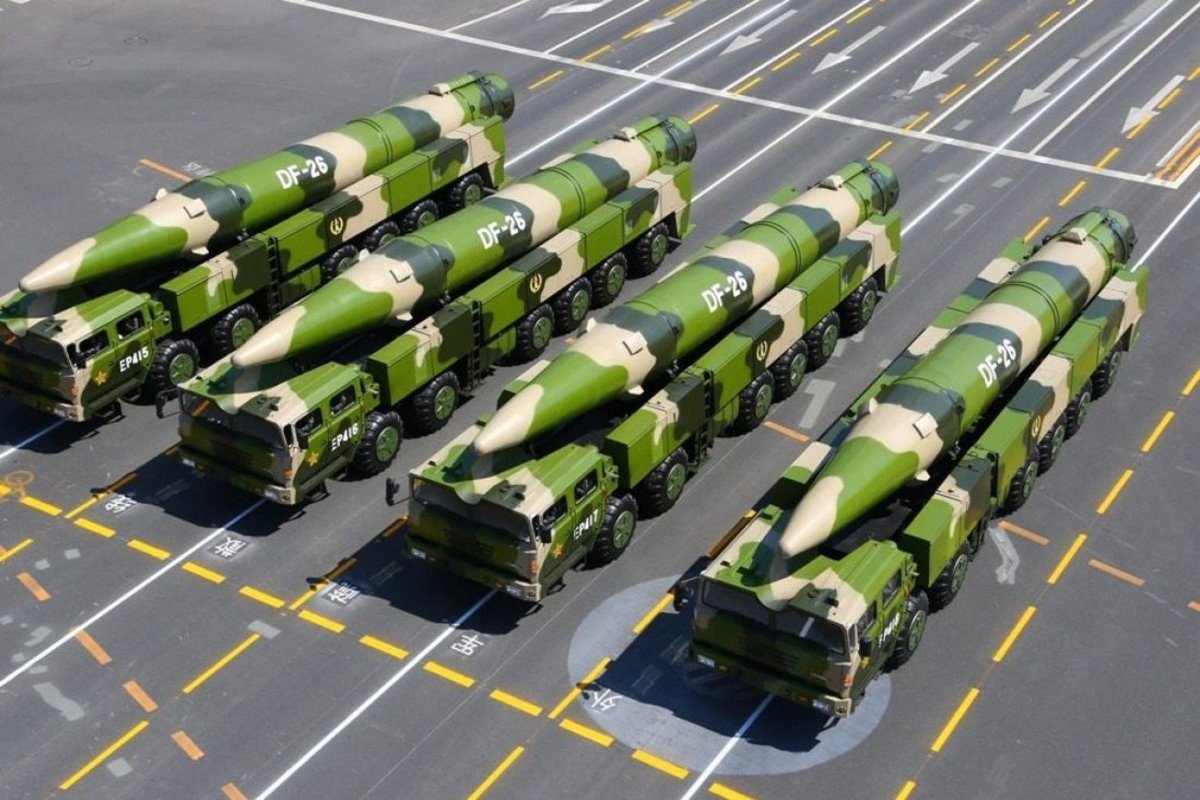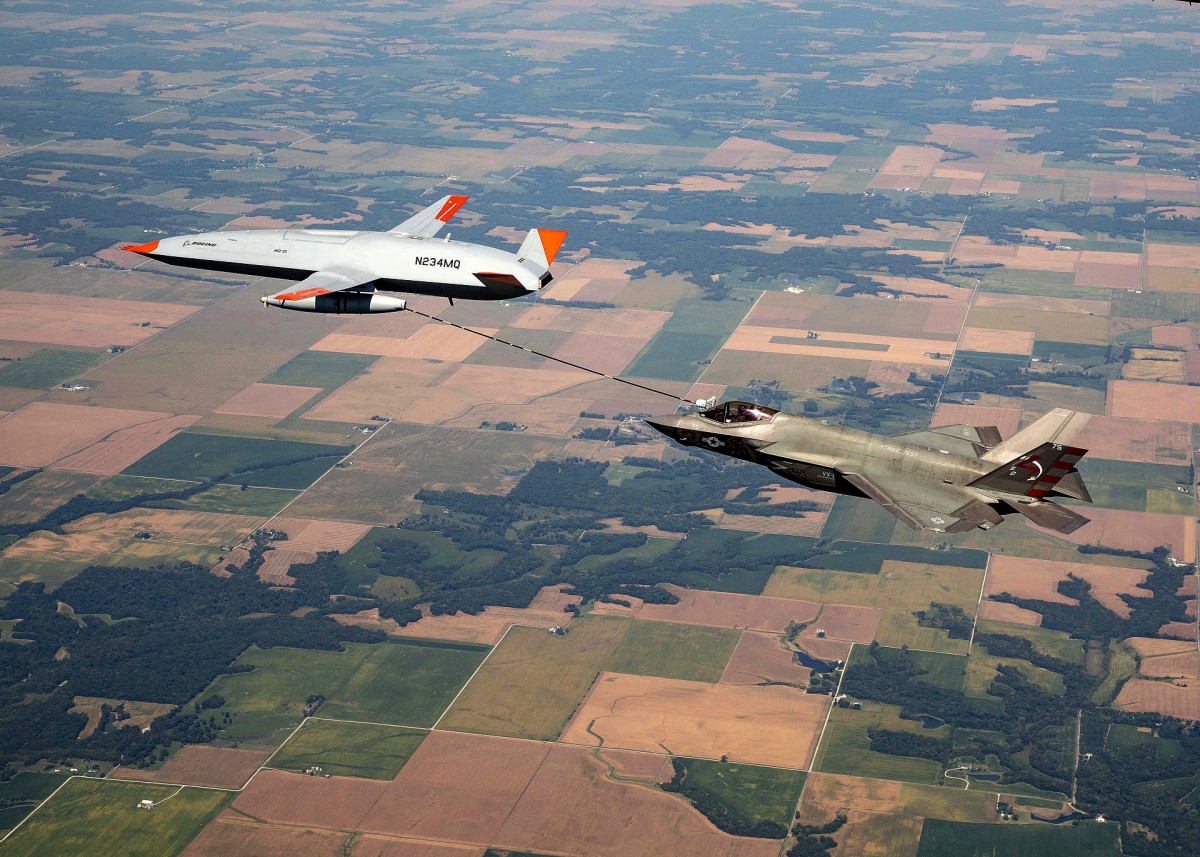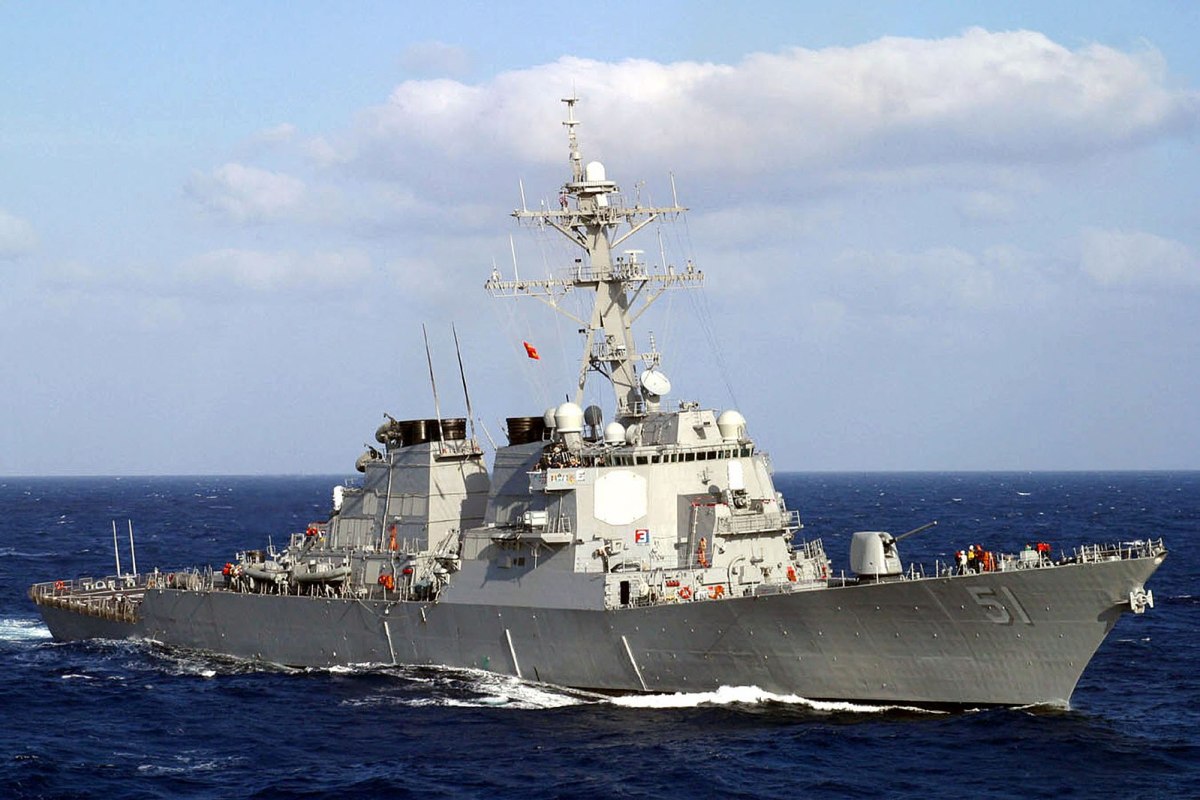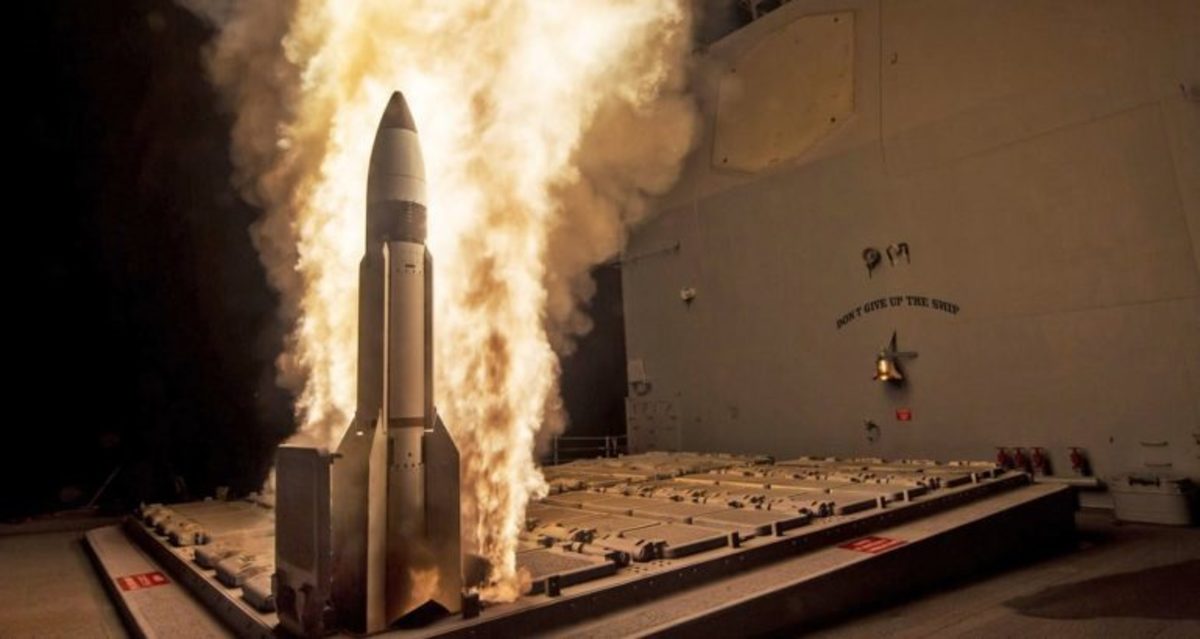KRIS OSBORN
 China’s well known and much discussed “carrier-killer” missiles have been making headlines for many years now, as major weapons threats capable of keeping US Navy carriers from operating close enough to the Chinese coastline for sea-launched aircraft to attack.
China’s well known and much discussed “carrier-killer” missiles have been making headlines for many years now, as major weapons threats capable of keeping US Navy carriers from operating close enough to the Chinese coastline for sea-launched aircraft to attack.DF-26 Missile
There have been numerous Chinese test firings and ominous warnings that these weapons could, in effect, “back off” US carriers by virtue of demonstrating an ability to destroy them. The DF-26 is China's most powerful anti-ship missile. It's 46 feet tall and weighs 44,000 pounds. "
The DF-26 comes with a 'modular design,' meaning that the launch vehicle can accommodate two types of nuclear warheads and several types of conventional warheads," the Center for Strategic and International Studies in Washington, D.C. stated.
With a range of up to 2,500 miles and 4,000-pound payload, with satellite targeting the DF-26 in theory could strike U.S. Navy warships across the western Pacific Ocean. "Even when launched from deeper inland areas of China, the DF-26 has a range far-reaching enough to cover the South China Sea," an unnamed military expert told Global Times in a report several years ago.
However, upon closer examination and careful reading of public comments from senior Navy officials, there certainly seems to be room for debate on this question. While certainly nobody questions the seriousness of a threat of this kind, and clearly the Chinese weapons are taken seriously, yet some of the threat language might accurately be assessed as “hype” given the steady stream of ongoing advances in layered Carrier and Carrier Strike Group defenses.
When asked about these “carrier killers,” senior Navy officials by no means dismiss the threat but are instead quite clear in saying that the US Navy and its carriers can “operate wherever needed to attack.”

F-35C Lightning MQ-25 Refueling
Naturally many specifics related to ship defenses are understandably not available for security reasons, the Navy does speak publicly about the rapid maturation of many of its “layered” ship defense technologies. This includes the emergence of ship-based lasers for offensive or defensive use able to track and “incinerate” or “disable” incoming missiles, newer EW applications able to find a “line-of-bearing” or track the electronic signature of a missile’s guidance system to “jam” its flight trajectory, and even things like the fast-arrival of the Navy’s MQ-25 Stingray carrier launched refueler drone able to double the range of ship-launched attack jets.
The Navy’s High-Energy Laser with Optical-dazzler and Surveillance (HELIOS) now arms Arleigh Burke Flight IIA DDG 51 destroyers, and is undergoing additional land and ocean testing and assessments.
This means that Navy destroyers will operate with the ability to incinerate enemy drones with great precision at the speed of light, stunning, burning or simply disabling them.
Not only are lasers quiet, low-cost, scalable and precise, but perhaps of even greater significance, they fire at the speed of light. Pure speed, when it comes to ocean warfare, is increasing vital as new technologies enter the sphere of Naval warfare, greatly changing the tactical equation.
Lasers such as HELIOS also bring a substantial optical component, meaning they can act as a sensor to track targets and help with necessary surveillance missions.
Lasers could also in some instances enable surface warships to close in more fully upon enemy positions, given that deck-mounted guns could be supplemented by laser weapons attacking at the speed of light and engineered to pinpoint narrow target areas with precision-guidance technology.
“HELIOS is designed to be compatible with the ships and integrate seamlessly into ships, cooling systems and power systems. There is operational hardware that integrates into the ship hardware,” Jon Rambeau, Vice President and General Manager, Lockheed Martin Rotary and Mission Systems and Integrated Warfare Systems and Sensors, told Warrior in an interview last year during an earlier phase of development with HELIOS.
Surface Electronic Warfare Improvement Program (SEWIP) Block 3, for which Northrop Grumman is the prime contractor. The emerging Block 3 variant advances the technical features for EW by adding an advanced offensive electronic attack capability and a future capability to integrate Electronic Warfare with Information Operations (IO), among other things.SEWIP B3 is an electronic attack weapon that is not limited to locating, jamming and disrupting inbound threats; it is also capable of conducting offensive operations against enemy communications networks, datalinks, radar systems or other electronic sources. SEWIP Block 3 is currently designed for installation on Navy DDG-51 Class Destroyers and is on track to be operational in the next few years, Northrop developers explain. Navy officials tell Warrior that the service’s new Frigate is also being engineered for configuration with advanced EW systems.

DDG 51
The SEWIP Block 3 EW system uses a collection of 16 Active Electronically Scanned Arrays, or AESA’s, to emit groups of targeted, individually separated “pencil” beams. “One advantage of an AESA is that it can generate pencil beams as opposed to a transmission of wide overlapping beams,” Mike Meaney, vice president, Land and Maritime Sensors, Northrop Grumman, told Warrior in an interview during an earlier phase of SEWIP Block 3 development. “These pencil beams are narrow and specifically focused – allowing the system to put energy only where it is needed as the track progresses quickly "A future concept is to connect crucial intelligence gathering technology with EW attack and defense systems by synthesizing IO & EW. Part of this is accomplished through consistent continuous software upgrades and threat monitoring.
By transmitting a narrower signal, an EW weapon can greatly reduce its detectability and therefore be less likely to reveal its location. Naturally, the larger and wider spanning the electronic emission, the easier it is for enemies to detect. In effect, Meaney explained that the advanced SEWIP system enables Commanders to limit the adversary to “seeing what you want them to see.”
Added to these factors is an upgraded, if more traditional arsenal or envelope of “kinetic” defenses or interceptors capable of taking out incoming attacks. By aligning with ship-based radar and fire control, interceptor missiles on Navy ships are engineered to explode enemy anti-ship missiles, ballistic missiles and even some aircraft. Ship-fired interceptors, largely fired from Vertical Launch Systems on Navy Destroyers and Cruisers, exist in a “tiered” capacity; an SM-3 is the longest range interceptor increasingly capable to tracking long-range ballistic missiles and even ICBMs approaching terminal phase, especially if firing the latest SM-3 IIA which has a longer-range and improved guidance system.

SM-3
The DF-26 could be vulnerable to the American SM-6. The U.S. Navy's SM-6 interceptor missile theoretically is capable of hitting a DF-26 in two phases of its flight -- shortly after launch, as the Chinese missile is climbing and gaining speed, and then again in the DF-26's terminal phase, as it arcs down toward its target. This is particularly true in light of several key SM-6 software upgrades to improve its “dual mode” seeker, newer technology capable of sending a forward “ping” itself without needing a ship-based illuminator for targeting. This, among other things, enables the missile to adjust course and maneuver in flight, the kind of ability well-suited to track and destroy incoming Chinese anti-ship missiles.
The SM-6 can also intercept cruise missile threats from “beyond the radar horizon” through the Navy’s now-deployed networked system called Naval Integrated Fire Control - Counter Air (NIFC-CA). This system uses an aerial gateway such as an E-2D Hawkeye or even F-35 to operate as a “node” able to detecting approaching threats beyond the horizon from distances not available to ship-based radar and network or send the threat data to ship based command and control which then launches an SM-6 to destroy the threat at much greater stand-off distances. This system has proven so effective, that the Navy is also developing NIFC-CA for potential offensive use as well, given the ability to find and destroy moving targets with precision from previously unattainable distances.
Navy warships also have the Evolved Sea Sparrow Missile Block II (ESSM), an interceptor weapon which can operate in “sea-skimming” mode to intercept incoming cruise missiles flying at lower altitudes parallel to the surface. Even closer in threats can be hit by an SM-2, SeaRAM or Rolling Airframe Missile (RAM), although some of these might be ill equipped to fully destroy a large anti-ship missile. They likely can, however, target enemy small boats, drones, helicopters, warships and even some incoming gun, rocket and artillery rounds. The closest in ship defense is something called the Close-In-Weapons-System (CIWS), a Phalanx interceptor gun able to fire hundreds of small metal projectiles per second to “blanket” an area with suppressive, defensive fire. The CIWS system, which was upgraded years ago to a 1B variant able to not only destroy incoming air threats but also take out surface threats such as small boats and surface attacks, is on destroyers, cruisers, amphibs and possibly even carriers.
No comments:
Post a Comment